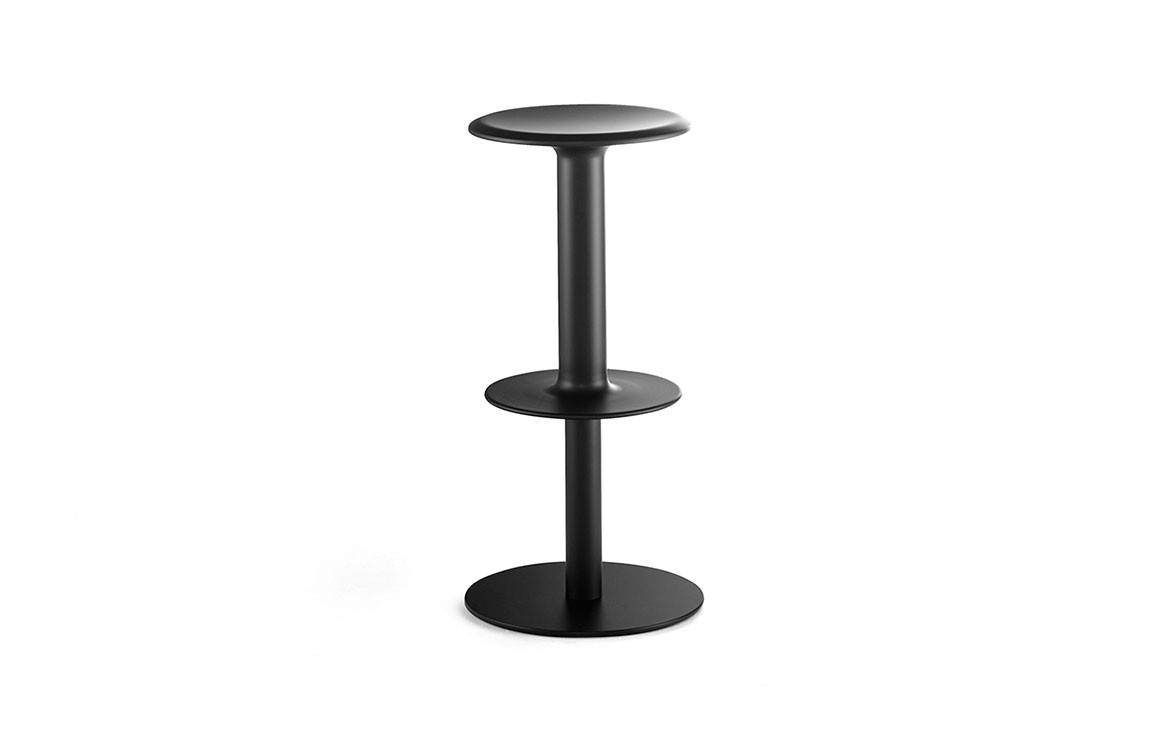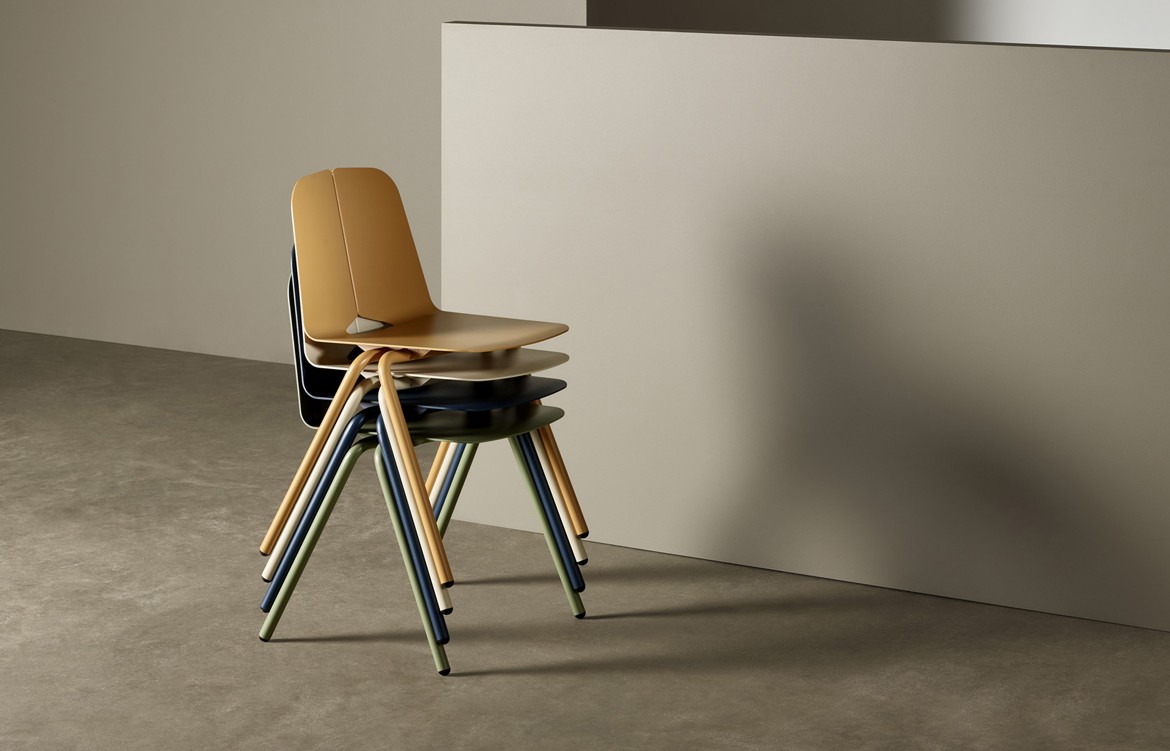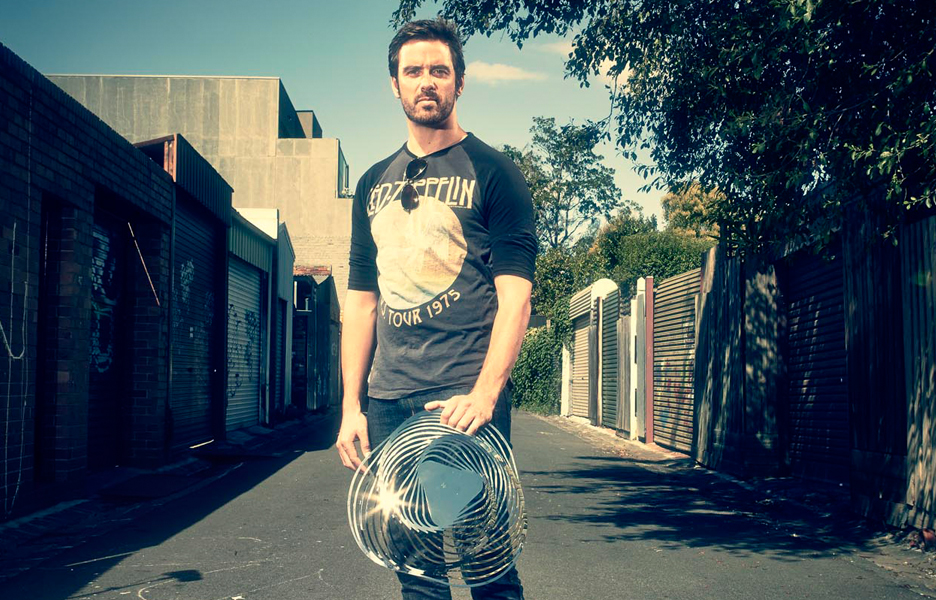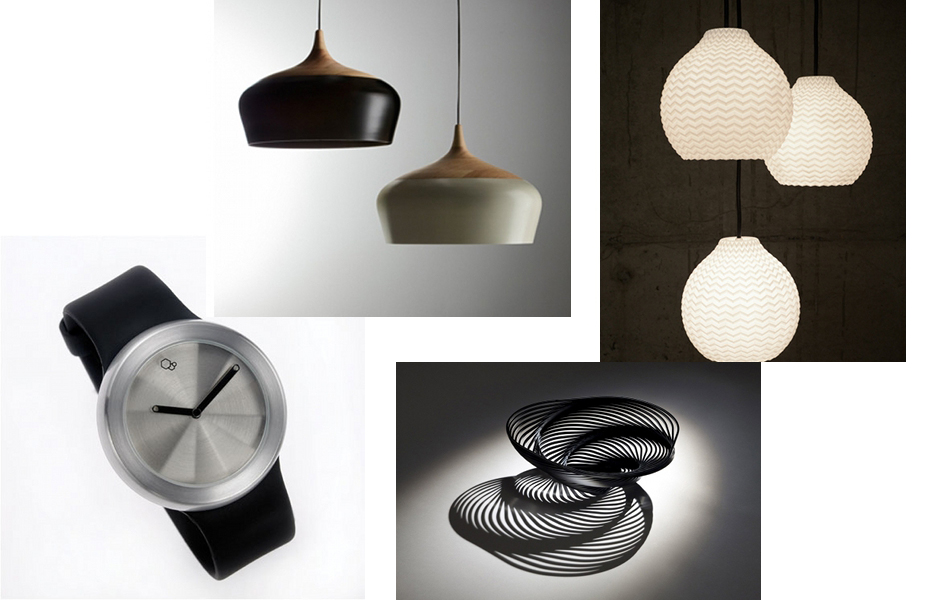
Designer Adam Cornish on a return to accessible design and sustainability
Share
Melbourne-based designer Adam Cornish is a busy man. He has recently teamed up with Cult for its Australian design brand Nau and has designed his first collection with Tait called Seam. ADR chats to Cornish about designing democratically, the responsibility of the design industry to think sustainably and how Australian design is being noticed on the global stage.
What’s your design process?
I was lucky enough to grow up on a fern nursery and I was surrounded by great beaches and mountains, so I think nature plays a huge role in my process. I like to look at it like plants and animals evolve to suit certain environments and locations over millions of years and design has a human-made process to do this and we see ourselves as part of that process. So, hopefully, you take a product from one spot, evolve it somewhere else and then leave it for someone else to take it further.
If you look at design with a nod to nature and a nod to evolution, I think you design more considered products and products for the right reason, so that in a nutshell is what we do in our design process.
You’ve spoken before about a ‘return to democratic design’ can you tell us more?
I noticed as a designer that we started designing products out of the price range of average people and I feel design has a lot of ability to make change for the good. Making products accessible to people is really important to us as a studio and accessibility falls into different categories: not only is it price point but it’s also accessible visual language, so trying not to make chairs or tables that shout for attention but to make things that can sit back into your environment.
When it comes to accessible materials we try to steer away from all plastic shells, we try to use stone, wood and metal, real tactile materials that speak to people. So it’s accessibility across the board and that falls into that old Eames ethos of democratic design and design for the people and that’s a big cornerstone in our studio.

The Rev stool
How responsible are designers when it comes to sustainability?
I read that 80 percent of a product’s impact happens in the design stage, so in today’s age, the brunt of responsibility is on designer’s shoulders. For us, we design all our products to disassemble: meaning we don’t glue wood to metal, plastic to steel etc. so that at the end of its product life it can be recycled. If 80 percent of the impact is our problem we have to think along those lines.
What are your thoughts on the Australian design landscape at the moment?
Five years ago this conversation would have been so different: I’ve just got back from New York with Nau for ICFF and the reputation for Australian design has changed so much… I never thought we would say it but it’s becoming almost a place to want to work. I think we will have European designers coming to Australia soon to try and work with Australian companies, which is exciting. The fact that we are now producing furniture in Australia and shipping to Europe, where before it’s been the reverse, means it’s an exciting time for Australian design.

Seam Stacking Chair
What do you think has driven that shift in perception?
If you’re a Danish designer, for example, you have a huge amount of Danish design heritage to live up to and influence your design. But when you’re an Australian designer, I feel like we don’t have design grandparents. We just look at it, make decisions based on our intuition and I think that is maybe why there is an Australian aesthetic evolving, it’s hard to put your finger on it, but that’s as good a reason for any for it to be different to the rest of the world.
What are some of the challenges facing Australian designers at the moment?
Every time I get on a flight it’s 26 hours to get anywhere so that’s definitely a challenge, but a challenge is how you look at it. When it comes to manufacturing we’ve used Australian manufacturing limitations to our advantage. There was a product we did for Cult’s Nau range called the Rev stool and if we’d made that overseas we would have made it with press tools, but we did it in Australia with metal spinning. The metal spinner and I worked together to create two or three different techniques for joining spinnings. So I think it’s about rather than looking at it as a negative, embracing it as a positive to influence your design process. But I suppose some of the manufacturing limitations would definitely be the disadvantage for Australian designers.
You Might also Like


















